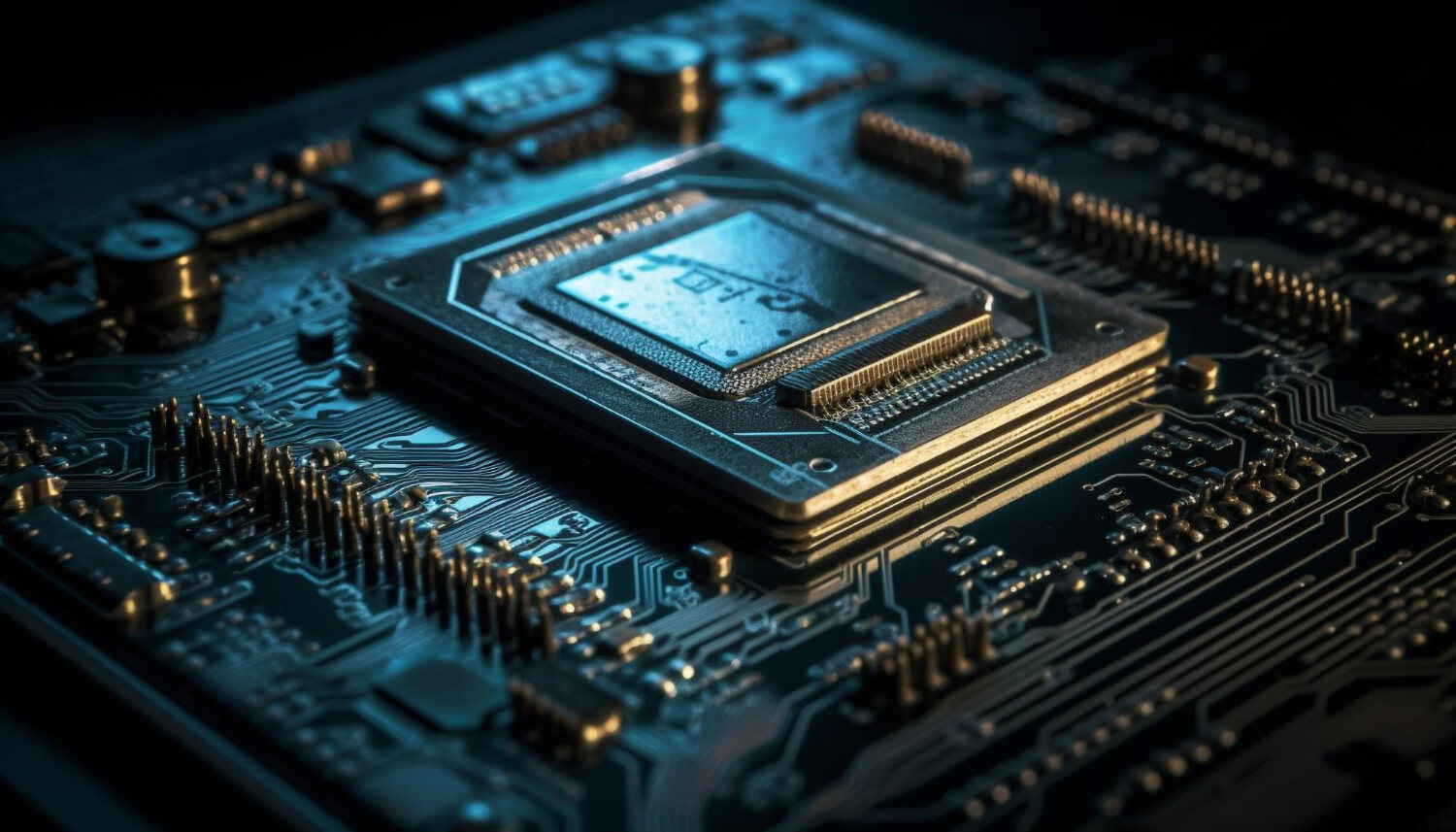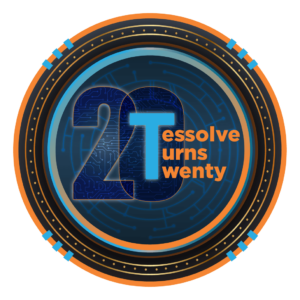About PCB Cross-Section Analysis
However trustworthy a manufacturer’s PCB production process may be, it is never enough to detect the final quality of the finished product. Without conducting proper tests, PCBs are vulnerable to failure. For example, there may be an electronic part design mistake because of a shortage of proper post-fabrication examinations. Engineering hardware designers conduct proper testing to ensure that the PCBs are fully functional.
Moreover, you may face other issues such as overheated components, chemical leaks, and problems in the PCB soldering process. Therefore, as with any other electronic piece, PCBs must be analyzed and inspected to ensure integrity. It is done through automated optical inspection, burn-in testing, and in-circuit testing by an engineering hardware designer, and PCB cross-section analysis is one such mode of testing.
What is Cross-Section in PCB?
There are different methods of PCB inspection, and while some are destructive, others are non-destructive methods. It will allow us to identify the defect or what may have been inaccurate.
Testing a PCB through cross-sectioning is a destructive form of testing provided by a hardware solution in which a part of the PCB is cut out for inspecting the material in detail. PCBs are composed of a variety of constituents and materials. Thus, if a single part of the PCB fails, the entire system becomes prone to failure. PCB cross-section permits us to examine the PCB’s internal structure and investigate any errors.
Different Types of PCB Cross-Section Investigation Analysis
Let us discuss the fundamentals of PCB cross-section analysis. The PCB has to be micro-sectioned for a successful cross-section examination, or the piece needs to be extracted. It is done by an engineering hardware designer so that the defective part can be isolated and identified with precision. It can be done through thermal imaging or PCB schematics. Once the defective part is identified, it is separated from the rest of the PCB. It is known as the PCB core cross-section.
-
- PCB Core Cross-Section
When the defective part has been isolated, it is mounted on a potting material, safeguarding it from the consequent polishing process. After mounting the PCB core cross-section, it is ground to achieve the desired plane of interest. It is done with colloidal silica, aluminium powder and silicon carbide paper. - Cross-Section Heavy Copper PCB
You can get extreme copper and heavy copper PCBs and heavy-duty equipment operating in harsh environments. There are a few advantages of heavy copper PCBs. These include increased restraint to thermal strains, minimizing the risk of circuit failure, and enhanced current carrying capacity. The placement of copper and circuits is vital to ensure that heat is properly dispersed. Additionally, they reduce the board’s bow and twist. The copper layer thickness, core thickness, dialectical thickness and inner layer planes are a section of the board’s cross-sectional layout. Thus, it should be as symmetrical as it can be. Hardware solutions detect any traces of asymmetry. - Multilayer PCB Cross-Section Via Connect
Multilayer PCBs are used for compact applications. It creates a PCB having a dense cross-section, and they consist of a variety of vias and holes in different layers. Cross-section analysis by an engineering hardware designer helps determine how many layers a multilayer PCB has. - Solder Joint Cross-Section Analysis
Solder joints comprise faults such as solder skips, hidden component damage and open joints, which may have resulted from premature hardening of the solder during the soldering process. Cross-section analysis helps to identify solder defects through hardware solutions.
- PCB Core Cross-Section
Equipment of PCB Cross-Section
Cross-section analysis requires specific specialized equipment. The equipment used is as follows:
-
- Metallograph
It is an optical microscope and an essential tool in metallography. It contains an attached camera that helps take images of a PCB’s cross-section, and Metallography can zoom up to 1000x. - Scanning Electron Microscope (SEM)
A Scanning Electron Microscope creates PCB cross-section surface images by directing a focused beam of electrons, allowing you to collect information about the composition of a sample. The tool works by interacting with the PCB atoms. SEM has various modes and signals, and PCB need not be polished for using it. The magnification ranges from 10x to 2000x. - Efficient Defect Inspection Tool
A cross-section is a valuable tool for analyzing errors by deeply observing the optical images. Errors may result from over-etching, faulty pads, erroneous soldering, etc. It gives us scope to rule out any defects in the fabrication process. Thus, you should know about the manufacturer’s quality checks if you are a customer. Engineering hardware designer ensures that all the parts are working efficiently. - PCB Trace Cross-Section Geometry
PCB cross-section geometry describes the section’s shape and alignment. The relationship between the PCB’s parts, such as material, components, layers and traces, can be understood from a whole cross-section geometry.
The most common cross-sectional geometries are micro-stripline, stripline and coplanar, with in-built variations in each.
- Metallograph
Cross-Section Test Coupons and Inspection Criteria
-
-
- Test Coupons
It allows you to perform a destructive test without thoroughly dissecting the board and stopping it from functioning. - Through Hole Coupons
These are utilized in inspection if there are problems in connectivity. It can be used for inspecting inner layer connectivity, the condition of the parts around holes and vias and the construction quality.
- Test Coupons
-
Assessments
The plates are assessed through vias, holes, and barrel walls when examining a cross-section. Moreover, the coupon shows the barrel wall structure and quality, and the quality of the copper plating and thickness and the voids are also assessed.
Tessolve is one of the biggest companies that provide hardware solutions for testing PCB cross-sections. Their technical team is equipped with modern technologies and tools to conduct the examination efficiently.



